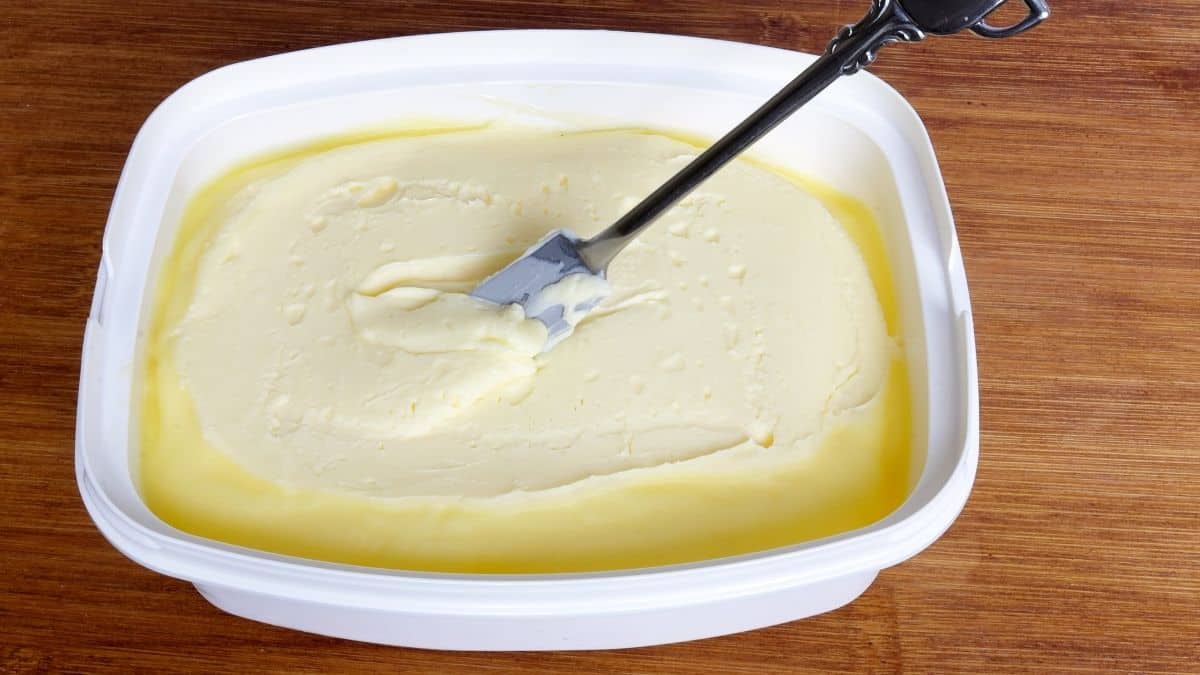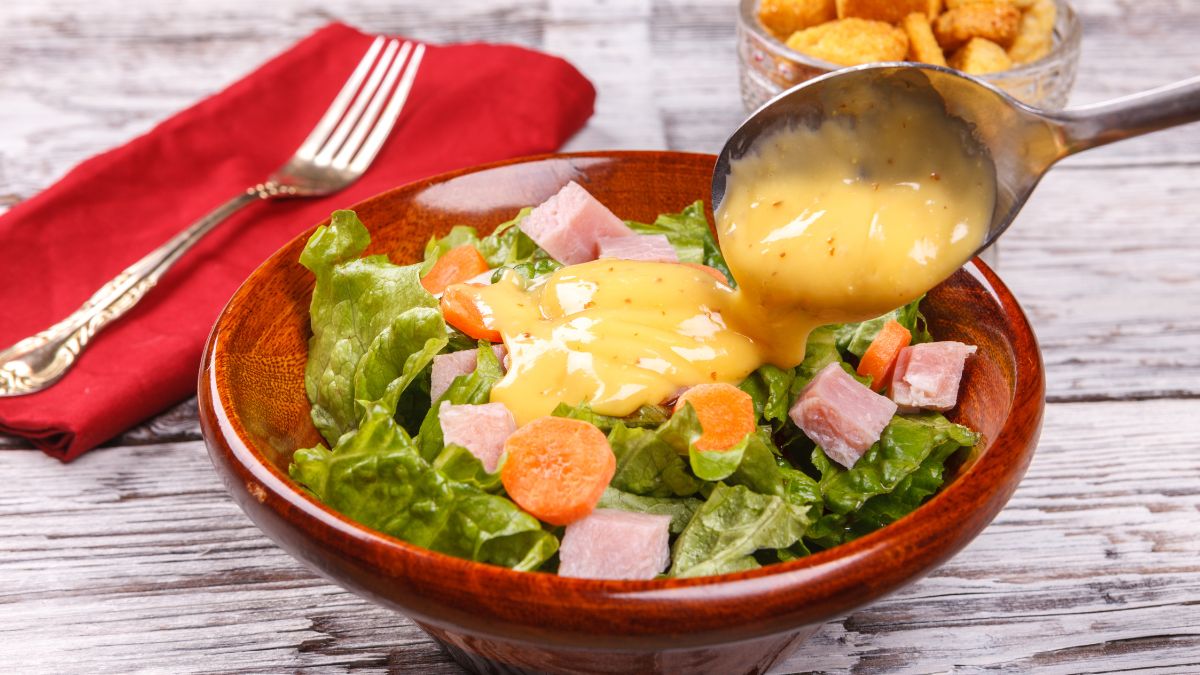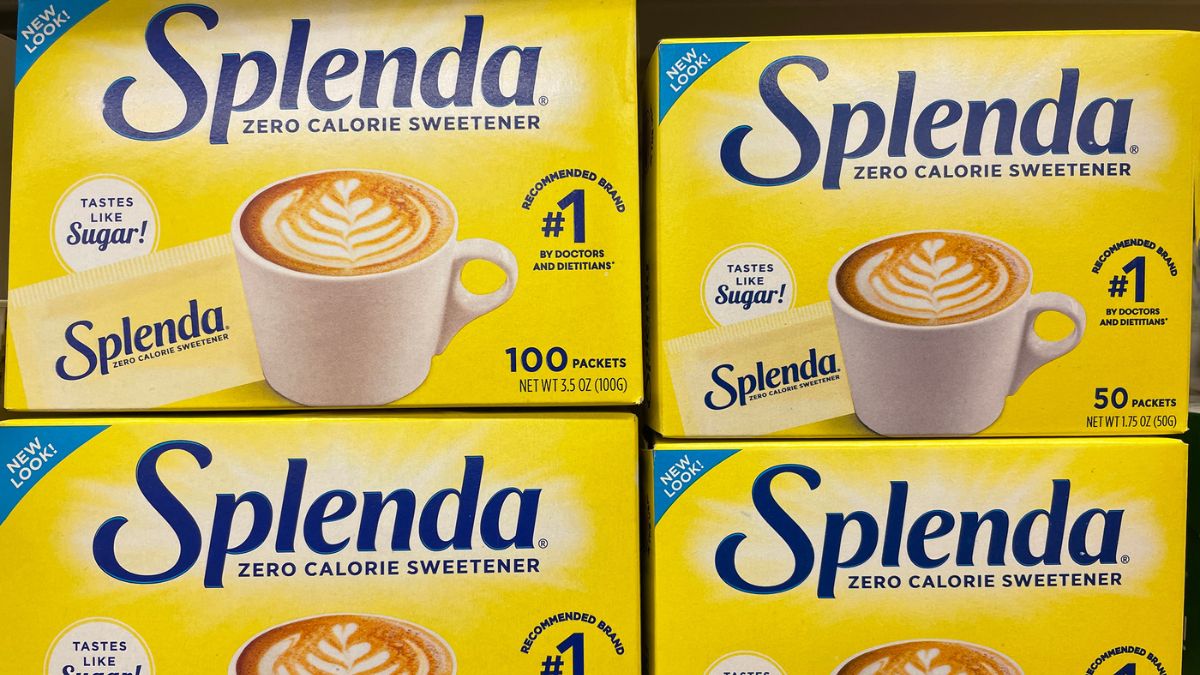Answer: It depends on the type of spread. Some aren’t vegan, like Calcium Soft Spread and Original Stick.

Table of Contents
Is Blue Bonnet Vegan?
It can be a constant struggle to determine if something is vegan, especially when it comes to margarine. Even traces of dairy-based ingredients or additives can make a product non-vegan.
Since margarine is intended to provide an alternative to butter, a dairy-based product, it sometimes contains certain dairy-based substances to achieve a creamy texture.
If you are unsure if Blue Bonnet is vegan, you should know two margarine varieties are not 100% vegan.
It is useful to know which of the spreads you can safely buy, being assured of their entirely plant-based contents, and what you can use them for.
What Is Margarine?
The seemingly-simple spread has an unexpectedly exciting history. At times colloquially called “oleo,” short for oleomargarine, it was invented in 1869 in response to a French Emperor’s challenge to find a butter substitute to be used by the poor and military. Initially made from beef fat, it eventually became famous as non-dairy butter. It was even banned in some states for mimicking the yellow color of dairy butter and misleading buyers.
Put merely, margarine is a non-dairy, inexpensive alternative to butter. It makes use of plant-based oils to replace the use of butter, which is made from animal fats. It resembles the feel and flavor of dairy butter, minus the dairy. It is made out of extracted vegetable or seed oils, refined, and often emulsified with milk, water, and citric acid. Hence, not all types of margarine in the market it strictly dairy-free. Most contain trace milk products like whey or animal-sourced substances like vitamin D3.
You need to be careful to ensure the margarine you are consuming is indeed wholly plant-based. Certain other additives like vitamin A palmitate are also often extracted from animal sources, though they can also be derived from plants.
Depending on their consistency, you’ll find them in the softer spread variety in tubs or the harder stick type. If you are looking for one to use in a cake, the harder margarine stick is the one you should go for. For having it with bread, the vegetable spread version is the one you need.
Which Blue Bonnet Products Are Vegan?
Blue Bonnet was founded by Standard Brands in 1942 and quickly became identified with the iconic image of Miss Blue Bonnet, printed on the packaging. It was acquired by its current owner, ConAgra Foods, in 1998.
The brand is known for its butter and margarine sticks and spreads. Are they vegan? A study of the ingredient labels of all its margarine products reveals that it varies. The types of Blue Bonnet margarine you’ll find on the market are:
- Original Stick
- Light Stick
- Lactose-Free Stick
- Original Soft Spread
- Light Soft Spread
- Calcium Soft Spread
All six of these contain vitamin A palmitate, sourced from the palmitic oil derived from soy oil. You will also find varieties of it procured from animal sources in some products on the market.
The first item, Blue Bonnet Original Stick, contains whey as a primary ingredient. Whey is the liquid that remains after straining curdled milk. This makes it a dairy product, and thus non-vegan.
The third and sixth items on the list, Blue Bonnet Lactose-Free Stick and Calcium Soft Spread contain small tricalcium phosphate percentages. This substance often comes from rocks, but it can also be extracted from whey.
These two products also contain vitamin D3 cholecalciferol made from a material called lanolin, which comes from sheep’s wool. The presence of these ingredients makes these products partly animal-based and not vegan.
The remaining three on the list, namely, Light Stick, Original Soft Spread, and Light Soft Spread, are entirely vegan-friendly. You can go for them without worrying about checking the labels.
What Are They Made Of?
The four vegan variants of margarine include palm, peanut, and soybean oil as the primary vegetable oils. Emulsifiers, preservatives, color, and flavor additives are also added to the mix.
Being entirely plant-based, these can be added to your vegan diet to fill your fat and carb needs. What’s more, these are gluten-free, have zero cholesterol, and have no hydrogenated oils.
Are They Healthy?
There is no fully, 100% healthy option available when it comes to margarine. You must choose the one most suited to your diet and calorie needs. When looking to see how beneficial a particular type may be, you need to look for its saturated and unsaturated fat content, cholesterol levels, trans fat percentage, and calorie count.
Besides having zero cholesterol, these contain unsaturated so-called “good” fats, that is, polyunsaturated and monounsaturated fats. Unlike saturated fats, which are found in butter, these “healthy” fats help cut down on bad cholesterol, making it healthier for the heart. Mostly, margarine contains trans fat; the thicker the consistency, the more trans fat it contains. Sticks have greater trans fat content than the tub variety. High trans fat can lead to heart problems through heightened cholesterol levels. It can even reduce the quantity of “good” cholesterol in the body.
Thus, even within margarine, the liquid and tub varieties are healthier than the stick ones because of their lower saturated fat and calorie content.
Margarine also contains high levels of omega-6 fatty acids. These are an essential part of a balanced diet but can cause issues if taken in large quantities and not balanced by omega-3 fatty acids. Overconsumption of these acids can lead to a higher risk of heart disease, depression, type-II diabetes, and other conditions.
Blue Bonnet margarine contains next to no trans fat, making it the ideal choice for health-conscious people. That being said, you should also limit the amount you consume to restrict the calorie intake.
Can They Be Used for Baking?
Margarine is loved for the convenience of spreading and measuring it offers. Its texture also makes it easy to whip up into buttercream for frosting. One of the trickiest aspects of using margarine: is how does it replace butter in cakes? How much margarine should be added to substitute butter in proportion? Would it make the cake too moist?
It depends on the type of margarine you use. The stick type is more similar to dairy butter in its consistency and therefore is the most suitable substitute for butter for baking purposes. It is also a common ingredient in croissants and puff pastries. It increases the shelf life of these foods. The tub or liquid type of margarine is too runny to replace butter in cakes and bread. It can throw off the balance of the wet and dry ingredients, making the cake feel too moist or even muggy and uncooked.
Where melted butter is needed, you can easily replace it with melted margarine. In case the recipe calls for softened butter, going for the tub variety, which contains more water and less fat, will alter the texture of the cake and make the cookies spread out and less crispy.
The ingredients of the margarine determine its effects on the baked product. Low or zero trans fat content in the margarine can make your cake brittle and grainy textured. When choosing margarine for baking, you need to look at its trans fat and saturated fatty acid content.
What Else Are They Used For?
Besides making cakes, pastries, and bread, you can use margarine to replace butter in pancakes.
Apart from having it as a spread, you can also use it to prepare the tomato sauce to go with your pasta.
Now that you know which Blue Bonnet spreads are vegan and what they can be used for, go ahead and experiment with this non-dairy butter on your own.
Vegan Alternatives
If you are out of Blue Bonnet at the moment or just want to know about other vegan options, you are in luck as there are plenty.
You can replace the use of margarine with vegetable oils like soybean or sunflower seed oil. When using oil instead of margarine, be careful of the proportion. It is ¾ cup of oil for 1 cup of margarine.
Other brands that offer completely vegan margarine varieties are Earth Balance, I Can’t Believe It’s Not Butter, Miyoko’s Kitchen, and Melt Organic, to name a few.
Endnotes
For many reasons, margarine is an excellent alternative to butter. Blue Bonnet vegan spreads can help you obtain the creamy richness of butter without using any dairy products.
Besides their budget-friendly price, Blue Bonnet vegan spreads are a great healthy option because they are cholesterol and gluten-free. Try them without hesitation; now you know which varieties are purely vegan.




